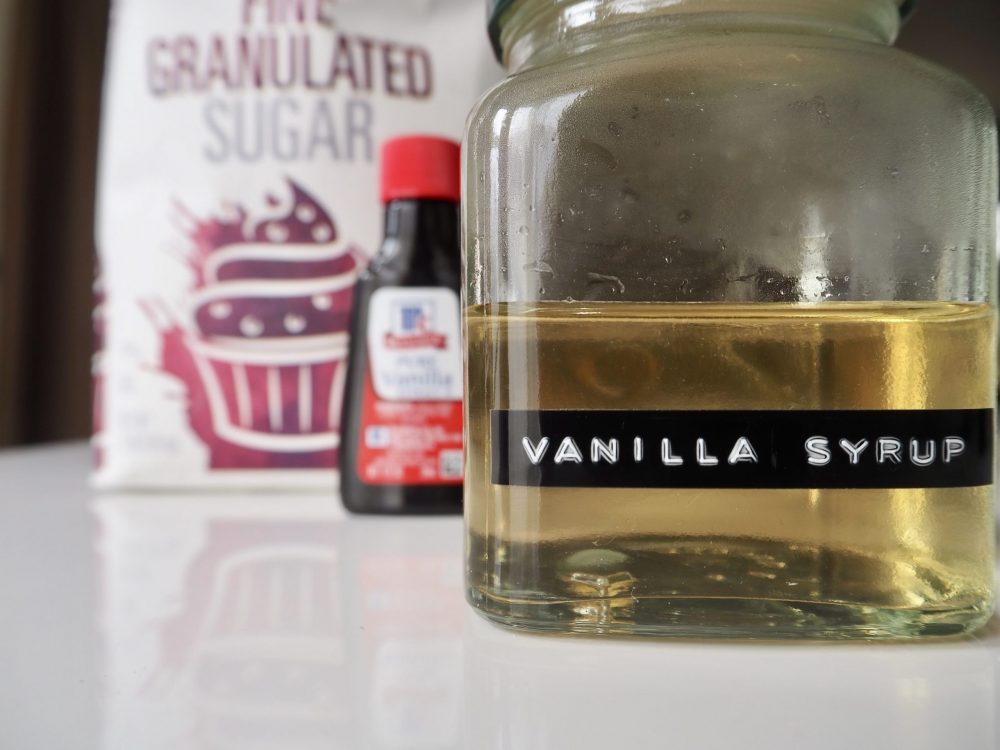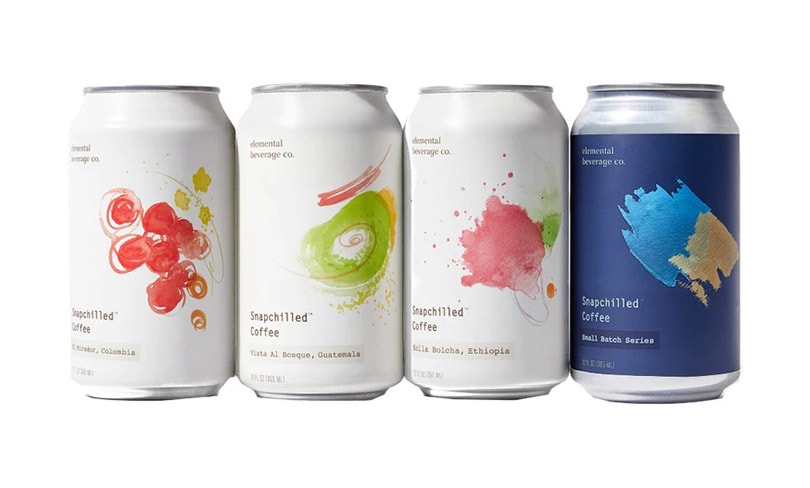
Flavored coffee is sometimes looked down on by coffee enthusiasts – ahem, snobs – and we think that’s a shame. When done well, flavored coffee can be every bit as artful and enjoyable as unflavored coffee. Flavored coffee’s bad reputation isn’t entirely unearned and most likely comes from the innumerable examples of low-quality flavored coffees that inundate the market, trying to capitalize on the literal flavor of the month.
So, what separates good from bad flavored coffee, and how do you make flavored coffee? If you want to learn how to flavor coffee beans, this article is for you. We will walk you through the standard flavoring process used by some of the most well-respected roasters and give you some tips to avoid common pitfalls. Whether you are curious about how flavored coffee gets its flavor or are interested in making your own flavored coffee, this guide will help you learn everything you need to know about flavoring coffee.

Where flavor comes from
The most common way to flavor coffee beans is with syrup. Flavoring syrup is a super concentrated blend of natural and synthetic flavors designed with a specific end flavor in mind. Vanilla is a common base for flavoring syrup since it is relatively accessible, won’t overpower the coffee’s natural flavor, and absorbs well into coffee beans. Other flavor extracts – commonly hazelnut, cinnamon, or caramel – are then combined with vanilla to give the coffee a distinct taste.

When to flavor coffee
When you add flavor is as important as how you flavor. In general, the best time to flavor coffee is shortly after it was roasted but after it has cooled slightly. The coffee beans need to be warm when the flavor gets added to ensure optimal absorption. Cold beans are not as porous as warm beans, and it takes significantly more flavor syrup to attain the same level of flavor in a cold bean.
On the other hand, hot beans pose a different problem: evaporation. Adding syrup to beans fresh out of the roaster can lead to a significant loss of flavor due to evaporation and vaporization. A good target temperature is between 100ºF and 150ºF.

How to Flavor Coffee Beans:
Now that you know what to use to flavor coffee and when to flavor it, let’s talk specifics.
1. Choose a flavored syrup.
This step could be an entire article on its own, but we think it’s best not to overthink things at first. The easiest way to get started is to choose a ready-made syrup. Some people like to mix their own, and that gives you access to more customization, but it also takes more awareness of how different syrups interact with each other and with the coffee. Keep it simple and start with an off the shelf syrup.

2. Roast your coffee and let it cool (optional).
If you are roasting your own coffee beans, wait for the coffee to cool after roasting until it is between 100ºF and 150ºF.
3. Add syrup to the coffee beans.
Add between 1% and 3% of the weight of the coffee in syrup. This works out to be approximately one ounce of flavoring syrup for every three pounds of coffee. Taste is personal, so there is an element of trial and error to get the right level of flavor for your personal preference. However, you generally want to avoid going above 3% since syrups tend to taste harsh and bitter at higher concentrations.
4. Mix thoroughly.
Mix the syrup and beans continually for at least 15 minutes. This is easiest to do with professional mixing equipment, but it can be done by hand with some elbow grease.

Tips & tricks
Flavoring coffee is pretty easy and only takes minimal equipment, with one major exception: the roaster. Freshly roasted coffee has higher carbon dioxide and is more receptive to absorbing flavor than older beans. If you don’t have a roaster, you can reheat your beans before you add the syrup, but it won’t be the same as flavoring freshly roasted beans. If you purchase beans from a specialty roaster, you have a better chance of successfully flavoring reheated beans, but it still won’t be as good as using beans straight out of the roaster.
Another thing to pay attention to is the container you use for flavoring and storing flavored coffee beans. Some plastic is porous and will hold flavor, so you should use an absorption resistant plastic or stainless steel if you don’t want the container to taste like hazelnut forever.
As you get more advanced, you can experiment with different flavor syrups and different flavor combinations. Making your own syrup is a great way to gain total control over the result, but it comes with its own learning curve. Part of the fun of flavoring coffee beans yourself is the endless number of options you have.

Conclusion
We hope you enjoyed this article on flavored coffee! The stigma that hangs over the world of flavored coffee is unfortunate because people don’t realize they’re missing out. Flavored coffee can be delicious and nuanced, just like plain specialty coffee. It isn’t that hard to flavor coffee yourself, but access to a roaster is a barrier to entry. Still, you can flavor reasonably fresh beans anyway; you just might need to use more syrup.
If you’ve been avoiding flavored coffee, you should give home-flavored coffee a shot. It can be adjusted to your personal preference and might cause you to change your opinion about flavored coffee. Who knows, you might open yourself up to a new side of the specialty coffee universe.
SEE ALSO: What Are the 7 Most Popular Coffee Flavors?
Featured Image: pixel2013, Pixabay













